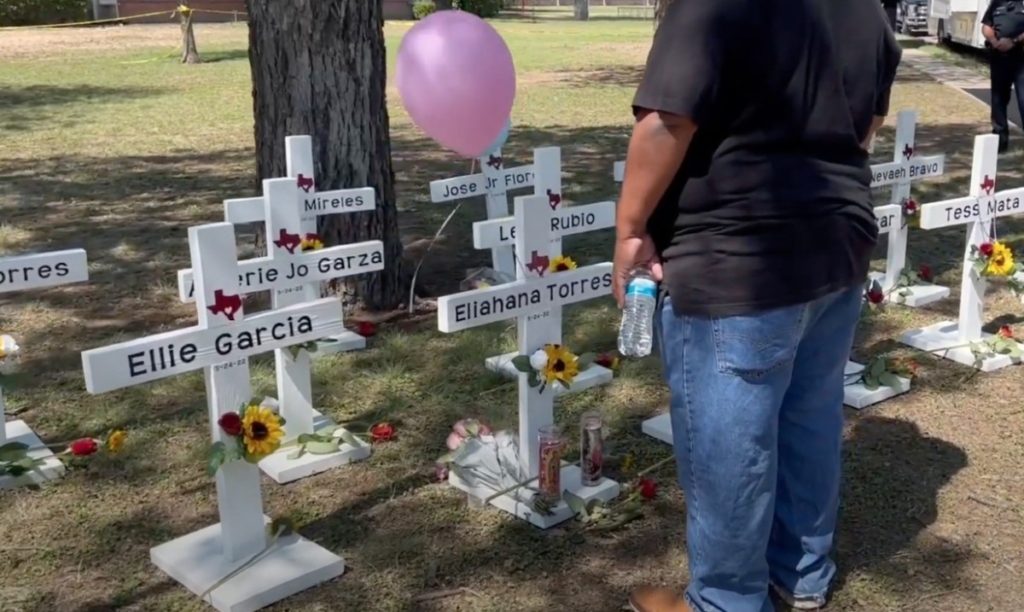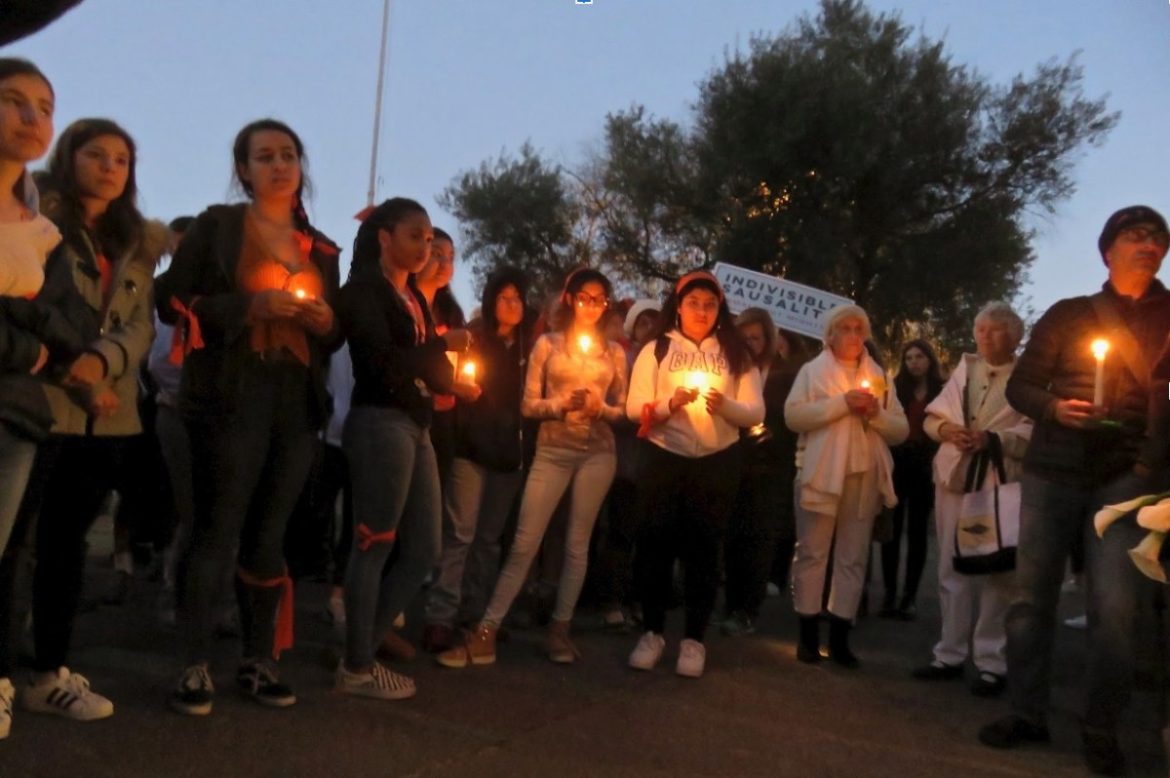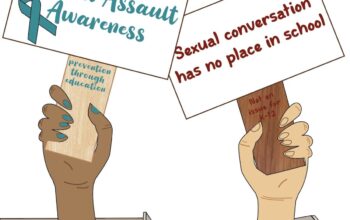Abbie Dymond, Executive Editor
@abbiedcourant
Annika Khurana, Executive Editor
@akhuranacourant
On December 14, 2012, 20-year-old Adam Lanza killed 26 people at Sandy Hook elementary school in Newtown, Connecticut. The world was horrified. We said never again.
On November 30, 2021, 15-year-old Ethan Crumbley brought his father’s gun to Oxford High School in Michigan and opened fire, killing four and injuring seven.
On May 24, 18-year-old Salvador Ramos killed 19 students and two adults, and injured 18 in Uvalde, Texas, resulting in the third deadliest school shooting in the U.S.
As more and more shootings happen, a question arises: when is enough enough? When will we stop the flow of guns into the hands of mass murderers?
All three of these cases were all over the media, people were angry, measures were called for, and then they died down; no political reforms followed in pursuit. These cases had another thing in common, all of the gunmen were under the age of 20, and shouldn’t have had a gun in the first place. Connecticut changed its policies after Sandy Hook, but the nation did not; allowing 948 school shootings to follow. As the Uvalde shooting is already beginning to disappear from the top headlines, one thing is certain: we cannot dismiss the deadliest school shooting since Sandy Hook without any change.
President Joe Biden has demonstrated a start to the search for a solution as countless school-age children have been robbed of their futures or left to question their safety. “Over the last two decades, more school-aged children have died from guns than on-duty police officers and active-duty military combined,” Biden said in a June 2nd speech in Cross Hall. “If we can’t ban assault weapons, then we should raise the age to purchase them from 18 to 21.”

Recently, as of June 2nd, the New York Senate passed a bill raising the age requirement to purchase a semi-automatic rifle to 21. New York Governor, Kathy Hochul, said, “Gun violence is an epidemic that is tearing our country apart. Thoughts and prayers won’t fix this, but taking strong action will,” she said. “I once again urge Congress to follow our lead and take immediate action to pass meaningful gun violence prevention measures. Lives depend on it.”
According to the National Library of Medicine, one’s brain isn’t fully matured until they reach the age of 25. So, why are we enabling 18-year-olds whose brain isn’t fully developed with the ability to take another’s life?
Out of the five major shootings that have occured over the past year, three of them were under the age of 21. Combined, these three gunmen killed 39 people and injured 27. If the minimum age to purchase a firearm was raised to 21, these 66 people plus the families involved, would not have had their lives ended or changed forever.
In a study led by neuroscientist Kristina Caudle at Weill Cornell Medical College in New York City, teenagers made 15 percent more errors than adults or children on a standard impulsivity test. In threatening situations especially, teenagers tend to act more impulsively because their brains have to work harder than those of adults or children, who remain relatively cautious, in order to control their behavior.
Providing individuals, who haven’t even reached full brain maturity and have a hard time keeping their behavior in check, with the opportunity to legally purchase a firearm is neither safe nor sensible.
The safety in question is that of innocent children who come to school to learn rather than fear for their lives.
Following the devastating Uvalde shooting, the National Rifle Association held a convention in Dallas, Texas. Politicians, including former president Donald Trump, were in attendance. Mr. Trump addressed the Uvalde shooting as a mental health issue. “We need to drastically change our approach to mental health,” he said. “All of us must unite, Republican and Democrat, in every state and at every level of government to finally harden our schools and protect our children. What we need now is a top-to-bottom security overhaul at schools all across our country.”
But is school a place where one must seek protection or is it a place to learn? The school environment is not meant to be hostile and cold, engulfed by metal detectors, heavy doors, and officers patrolling the hallways.
Picture this. A first-grader walks into his school building, expecting to be greeted by his favorite teacher. Instead of being greeted with a warm, friendly hug, he finds himself face to face with metal detectors and armed police officers. He has his bag searched and watches a police officer confiscate his metal toy cars that he just got for his birthday, and desperately wanted to show his best friend. Eventually, he finds his way to his bright classroom, his happy place. Still in pursuit of his hug, he walks over to his teacher and notices her locking up a gun in one of her desk drawers.
Is this what school is supposed to be like? Are young children supposed to be consumed by the threat of guns on a daily basis?
More guns are not the answer to this epidemic. We should be addressing the problem at its root, not waiting for it to happen, and be prepared then.
Addressing this problem is not rocket science. There are quick fixes that can be implemented that will certainly have a profound effect on decreasing the number of shootings. Essentially, we should be limiting the access to guns by raising age requirements as well as enforcing thorough background checks. Protecting and ensuring the future of this generation should be at the forefront of every politician’s mind, which can only happen through collective action.




